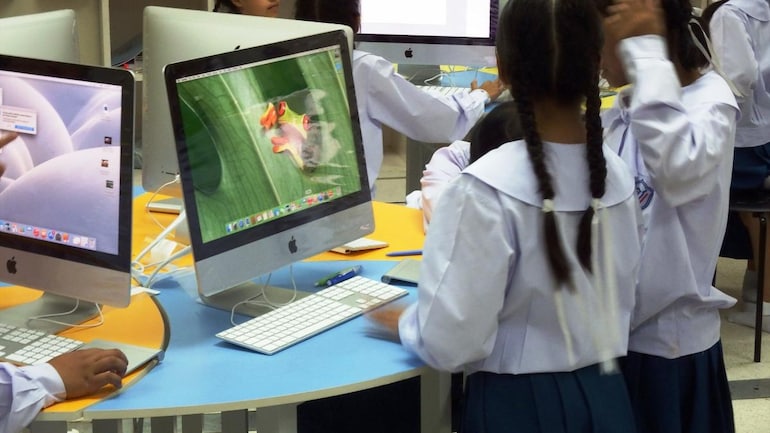
India is regarded as the next growth engine of the world, being one of the youngest nations globally, waiting for its demographic dividend to materialise. Almost all commentators agree that if given the right platforms and opportunities, India can tap into the gold mine of human resources.
Growth and innovation require the right ambience. To realise the immense potential of its 1.3 billion and growing strong population, the path towards development will undoubtedly be incomplete without skills and education.
India saw significant investment in higher education institutions in the decade following Independence.
Of course, with the increasing population and a huge demand for catering to the growing pool of students, there has always been a struggle between investing in new institutions and supporting existing ones with more resources.
The Central government has in recent times established institutions regarded as centres of excellence, such as IITs, IIITs and AIIMS, in almost every state.
Recent developments in Indian education system
The education sector has undergone revolutionary developments with the advent of newer technologies like smart class and online education, in recent years.
The National Education Policy 2020, designed taking into consideration the current scenario, has taken several best practices across the international educational systems.
Additionally, steps are being taken by the educational institutes and the authorities concerned alike, to keep in tandem with the global standards of education and introduce a hitherto unseen, holistic approach to education.
These revolutionary moves in the educational sector point towards a bright future for the country and its students.
While the policy level changes are in the right direction, there are still a few hiccups in our journey to increase access to good quality education for everyone.
[“source=indiatoday”]




